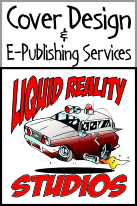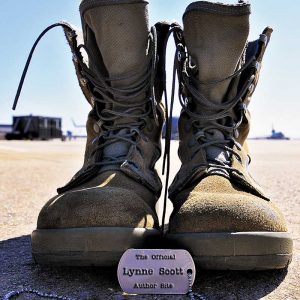“This is a must have if you have ever served in the US Armed Forces.” ~ A.J.Zywiczynski
Stuck in Korea Time by Lynne Scott. 
Korea Time: The time spent on a remote tour or temporary duty in Korea. When you are in Korea, your life is focused on your day-to-day existence. People stationed in Korea measure the time in the number of days left until they can return to the real world.
Air Force First Sergeant Brenda Livingstone may have returned from her assignment in South Korea, but that doesn’t mean she has been able to leave her tour behind. It’s been five years, but the memories of one violent weekend still represent the best and worst of her life – a time when love and honor faced off against fear, pain, and loss.
When her best friend and brother in arms dies, Brenda is brought back together with the only man she ever truly loved, Brigadier General Alan Jamison. Neither of them had been free to pursue their feelings five years earlier, but now they must decide if they can leave what happened in Korea behind so they can face a future together.
84,601 Words/229 Pages
Editor: Marcia Lindley
Cover Design: Liquid Reality Studios
Available from Amazon for your Kindle and Barnes and Noble for the Nook. .
Stuck in Korea Time is also available in paperback at CreateSpace and Amazon.



